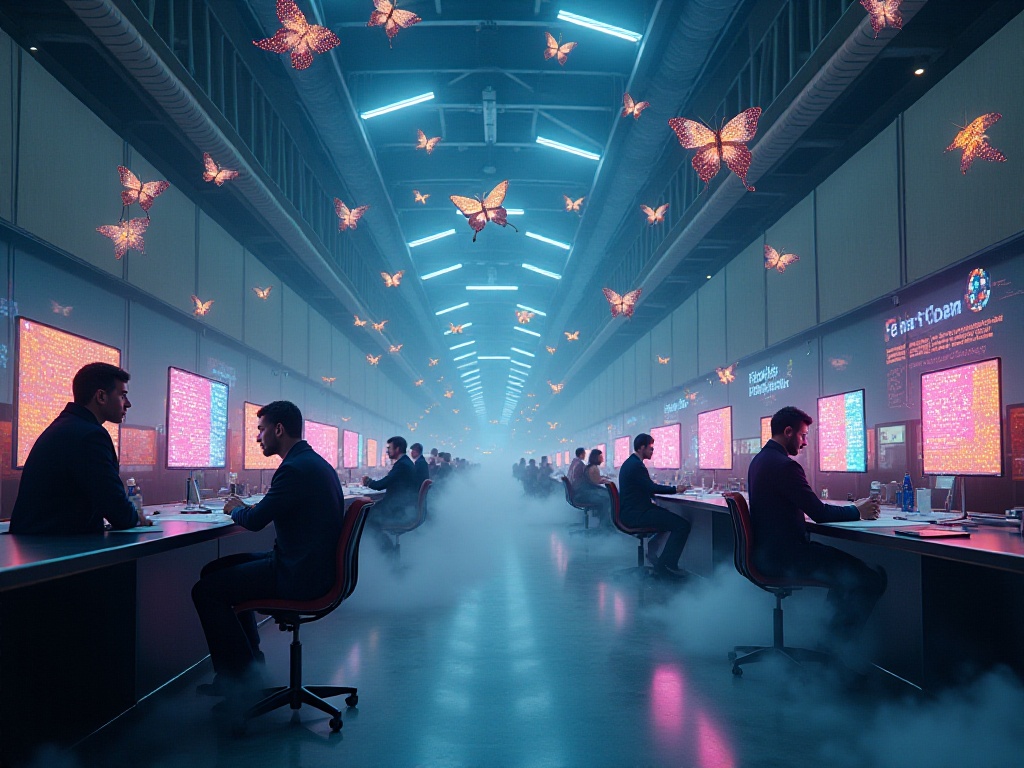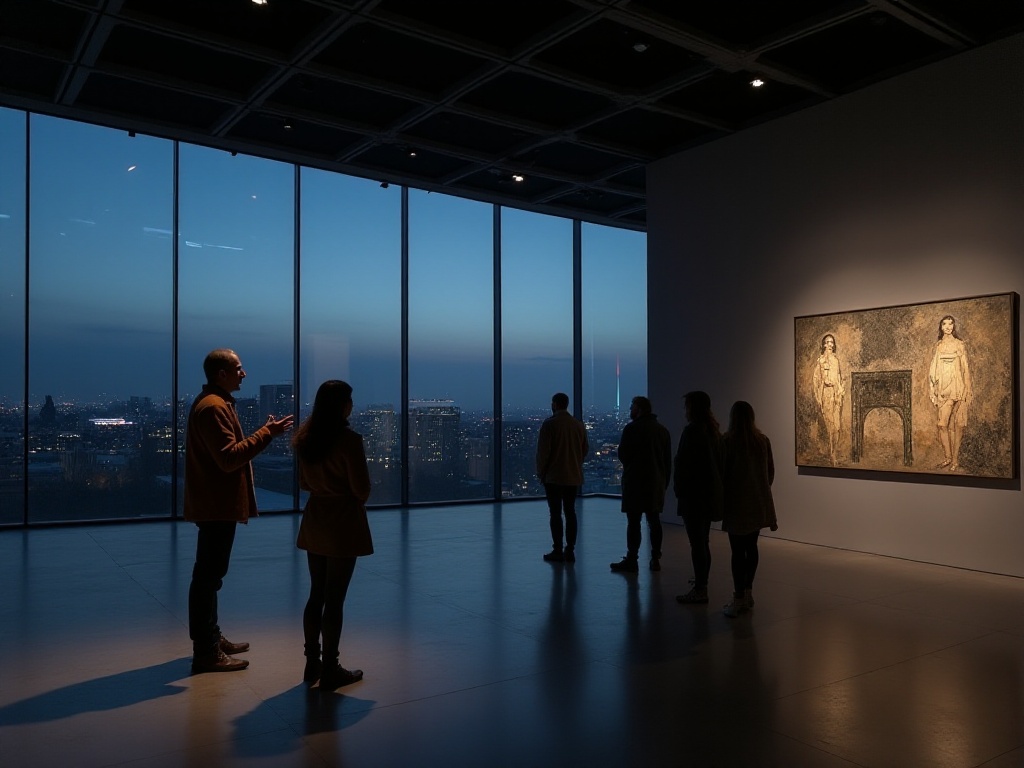
First Encounter
Standing in the magnificent museum lobby, I still vividly remember my first experience as a tour guide. It was a sunny weekend, and I stood before a group of expectant visitors in my crisp uniform, tightly gripping my guide manual. My legs were shaking, my palms were sweating, and I felt completely overwhelmed.
Back then, I was like a toddler taking their first steps, filled with both curiosity and anxiety about everything in the museum. During my first guided tour, I even got lost in the exhibition halls, feeling so embarrassed that I wanted to disappear into thin air. The visitors were very understanding, consoling me with words like "everyone's new at first, take your time." Looking back now, that awkward situation seems both frustrating and amusing.
Three years have flown by, and I've grown from a rookie who had to constantly check the floor plan to someone who can confidently customize tour routes for different types of audiences. The growth and transformation during this period are truly remarkable. Each guided tour experience is like a pearl, strung together to form the most precious necklace of my career.
Types of Tours
Many people think museum tours are just about walking around with a group, briefly mentioning the dates and characteristics of exhibits. However, modern museum guide services have evolved into diverse forms, like a treasure chest filled with various fascinating gems.
Traditional group tour services are like carefully planned concerts. They typically require groups of 8 or more people and advance booking of 3-4 weeks. This format is ideal for audiences passionate about specific fields. Last summer, I hosted a group of collectors who were fascinated by Ming and Qing dynasty porcelain. They came from all over the country just to learn about our collection of blue and white porcelain.
That tour lasted two full hours, during which we explored the development history of Jingdezhen kilns, studied the glaze color variations of blue and white porcelain from different periods, and even discussed the subtle differences in pottery marks from various eras. Seeing their focused expressions and occasional nods, I felt like I wasn't just giving a tour but engaging in an in-depth artistic dialogue with kindred spirits.
Walk-in tours are like impromptu street performances, full of spontaneity and surprises. Visitors don't need to book in advance and can decide to join based on their mood and time on the day. These tours usually last about an hour and are perfect for visitors wanting a quick overview of the museum's highlights.
Once, I met a Japanese couple who were just passing by the museum and were attracted by our traditional architectural exterior. When they learned about the Chinese language tour service, they immediately decided to join. The Japanese wife understood some Chinese, so I deliberately slowed my pace and used simple vocabulary to introduce Chinese traditional culture. Seeing their amazed expressions and earnest note-taking, that cross-cultural communication gave me a special sense of achievement.
There's also a special type of tour designed for children - interactive experiential tours. These tours are like exciting treasure hunts. We design various interesting activities based on children's different age groups. For example, when explaining ancient bronze vessels, we let children guess their uses first, then use stories and games to help them understand ancient ways of life.
I remember once when I was explaining Shang and Zhou dynasty ritual bronze vessels to a group of children. Instead of directly telling them the functions of these objects, I designed a role-play scenario. I had the children act as ancient nobles using these vessels in a simulated ritual ceremony. Through this immersive experience, the children not only remembered the uses of these artifacts but also developed a strong interest in ancient ceremonial culture.
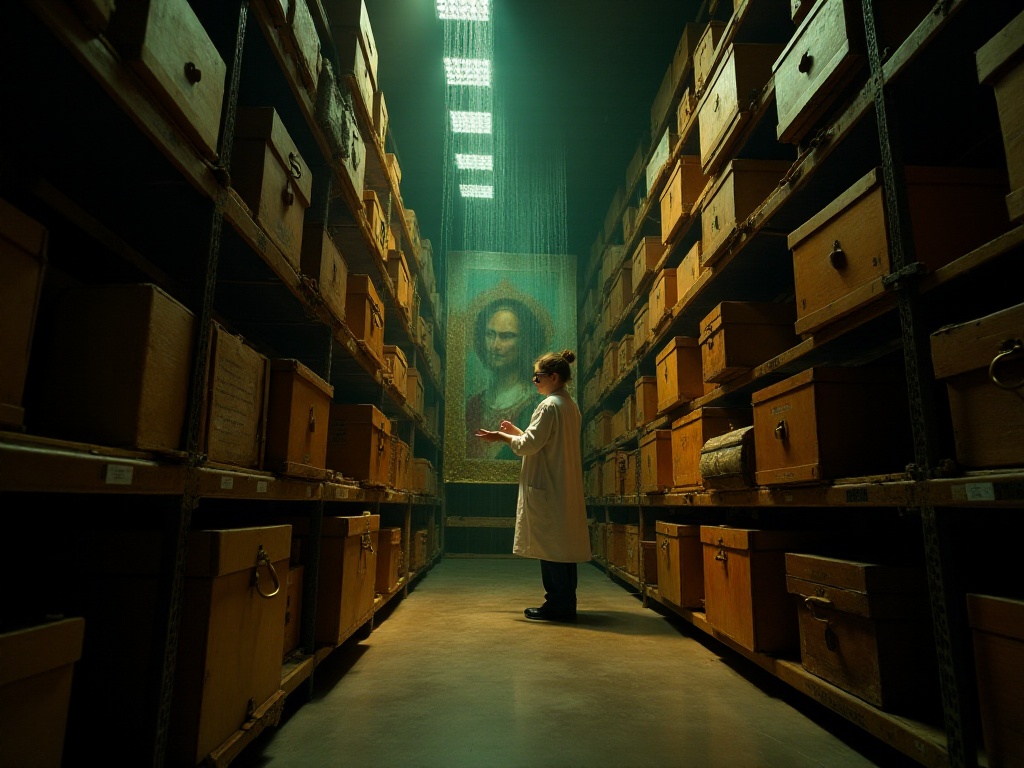
Professional Preparation
When I first started working, I was like an explorer without a map, feeling lost in the museum's complex exhibition halls. I remember once when a visitor suddenly asked me where the restroom was, I ended up leading the entire group around in circles before finding it. That embarrassing feeling remains unforgettable and made me deeply realize the importance of thorough preparation.
Now, the first thing I do every workday is tour the entire museum. I need to understand not only the layout of each exhibition hall but also know the location of every entrance, exit, elevator, emergency exit. I'm even familiar with the lighting changes, air conditioning placement, and distribution of rest areas in the exhibition halls. These seemingly trivial details often affect visitors' experience.
Last summer, an elderly visitor felt unwell during a tour. Because I was very familiar with the museum's layout, I immediately took him to the nearest rest area and quickly contacted the medical office. Afterward, the elderly gentleman wrote a thank-you letter, saying that my prompt response had helped him avoid more serious discomfort.
Researching exhibition content is even more crucial. Whenever there's a new exhibition, I start preparing at least a week in advance. First, I carefully read the exhibition guide and related materials to understand the theme and curatorial intent. Then I deeply research the background story of each exhibit, including its creation period, historical background, and artistic features.
Moreover, I consult numerous historical documents and research materials, and even seek advice from experts and scholars in relevant fields. I firmly believe that only by truly understanding the story behind an artifact can we touch visitors' hearts when explaining it.
For example, last year we held a "Silk Road Civilization" special exhibition, displaying many artifacts related to the ancient Silk Road. To prepare for this exhibition's interpretation, I spent two whole weeks studying not only the historical evolution of the Silk Road but also the cultural characteristics of countries along the route. I even took detailed notes on obscure knowledge points, such as how caravans were organized in different periods and what types of currency merchants used.
Though this preparation work seems arduous, the sense of achievement when I can confidently answer visitors' various questions in the exhibition hall is indescribable. Once, a history professor joined my tour and remarked surprisingly, "Your understanding of these artifacts exceeds that of many professional researchers."
Besides knowledge preparation, I also particularly focus on collecting interesting anecdotes and historical trivia. These seemingly peripheral contents often make dry history come alive. For instance, when explaining Tang Sancai pottery, I would talk about how craftsmen mixed glazes at that time and share interesting discoveries from excavations. These stories always capture visitors' attention and create unexpected resonance.
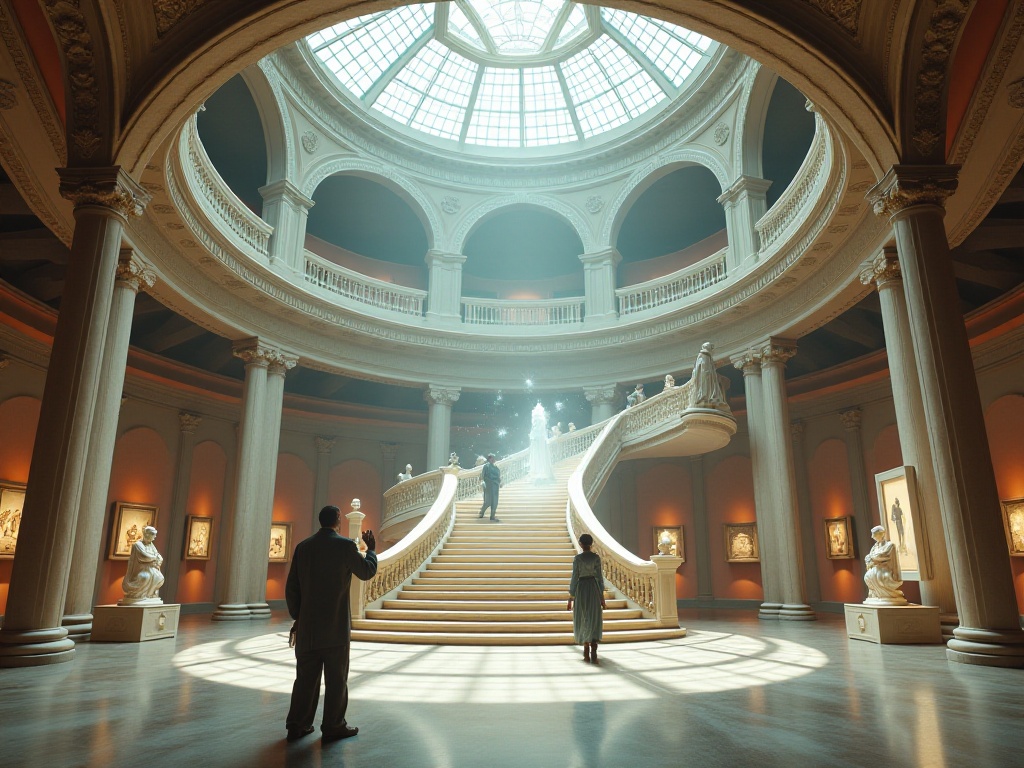
Interactive Techniques
Honestly, the most challenging aspect was how to encourage visitor participation. When I first started, I would just talk continuously like a recording, only to find visitors either yawning or playing with their phones, creating quite an awkward atmosphere. After years of exploration, I've finally found some effective interactive techniques.
First is the art of questioning. I discovered that simple yes/no questions like "Is this artifact beautiful?" rarely elicit meaningful responses. Instead, I design open-ended questions such as "What do you think the white space in this landscape painting represents?" or "What ancient lifestyle habits can you guess from the patterns on this bronze vessel?" Such questions stimulate visitors' thinking and imagination.
Once, while explaining a Ming dynasty portrait, instead of directly telling visitors its period, I asked them to observe the figure's clothing characteristics and interior furnishings to guess the painting's era. Unexpectedly, this energized everyone's participation, with people eagerly sharing their insights, instantly enlivening the tour atmosphere.
Storytelling is also a crucial technique. Artifacts aren't just cold objects; each carries vibrant history. I like to bring artifacts "alive" through storytelling. For example, when explaining a Shang dynasty bronze jue, I first describe the archeological team's nighttime excavation scene, narrating how they gradually cleared away soil to finally discover this national treasure. Then I slowly introduce the bronze vessel's age, usage, and historical value.
Another time, while explaining a set of Ming and Qing furniture, I specially designed a scenario interaction. I invited several visitors to play the roles of ancient scholars, sitting in century-old chairs to experience the scene of ancient tea appreciation and philosophical discussion. This format not only gave visitors a direct understanding of ancient furniture but also let them experience the lifestyle interests of ancient scholars.
Voice control is also an art. I've found that different exhibition halls require different speaking styles. In grand halls, use a resonant voice to match the atmosphere; in small galleries displaying delicate objects, use a gentle tone to let visitors appreciate quietly. Sometimes, well-timed pauses are more effective than continuous explanation.
Additionally, I pay special attention to visitors' reactions. If I notice someone looking confused, I proactively ask if they need more detailed explanation; if I see someone particularly interested, I share more related anecdotes. This personalized approach makes every visitor feel valued and respected.
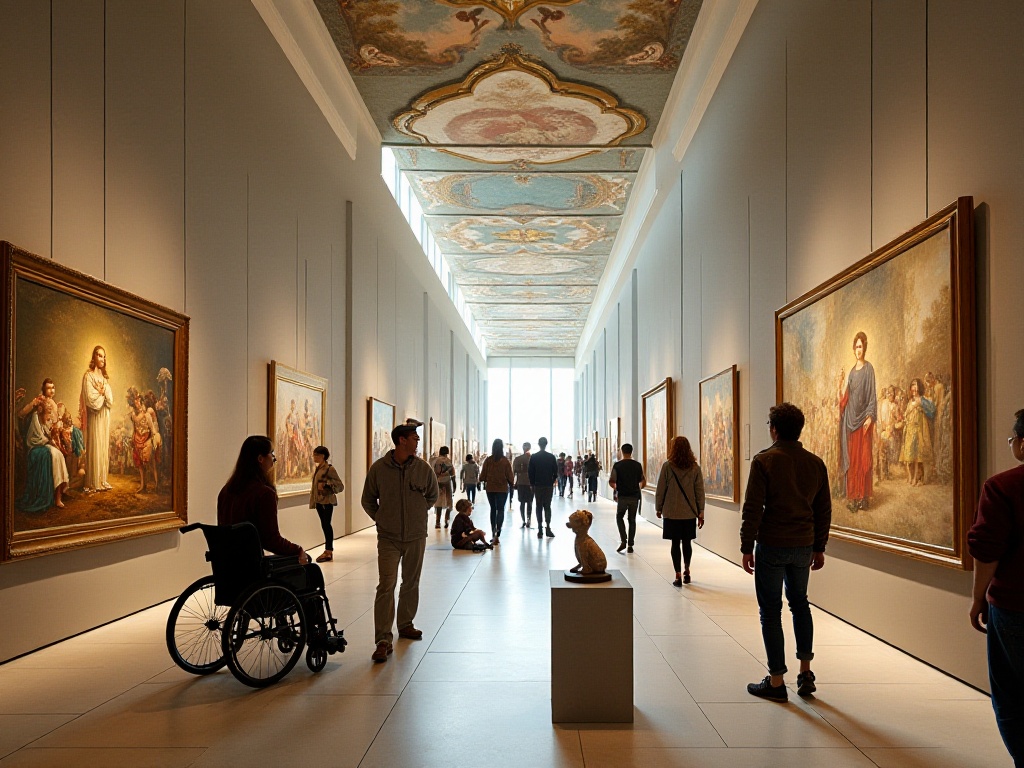
Reflections
These three years of guide experience have been like an exciting adventure. Each tour is a new challenge because we face different audiences with varying interests and knowledge backgrounds. How to provide a satisfying experience for everyone within limited time has constantly pushed me to improve.
I deeply understand that a good guide needs not only solid professional knowledge but also adaptability. Sometimes, planned content needs immediate adjustment. For instance, when meeting visitors particularly interested in certain areas, we need to increase the depth of relevant content; when hosting families with children, we need to adjust our language to make explanations more lively and interesting.
Guide work has also taught me that knowledge transmission isn't one-way input but two-way communication. I learn from visitors during every tour. Sometimes a visitor's question reveals new research perspectives; sometimes their personal experiences give me new understanding of artifacts.
Most touching is when visitors tell me after tours that through my explanation, they not only learned about artifacts but more importantly felt the charm of history and the warmth of culture. This feedback makes me feel that being a guide is truly meaningful because we are bridges connecting history with modernity, messengers of cultural inheritance.
This job has also given me deeper understanding of museums. Museums aren't just places to collect and display artifacts but important platforms for spreading knowledge and inheriting culture. As guides, our responsibility is to make these sleeping artifacts speak and let historical stories touch every visitor's heart.
Now, whenever I stand in the museum's exhibition halls, seeing visitors' focused expressions, hearing their questions and discussions, that sense of achievement and happiness is indescribable. This is why I chose this job and what drives me to continue forward.
Are you also interested in museum guide work? I believe that with love for culture and thirst for knowledge, anyone can find their own excellence in this field.
Next
Virtual Reality Tour of the Louvre Museum in Paris
In the heart of Paris, where the Seine gently flows and history whispers from every corner, stands the majestic Louvre Museum. For centuries, this architectural marvel has been a beacon of art and culture, drawing millions of visitors each year to marvel at its unparalleled collection. But what if you could step inside this treasure trove of human creativity without leaving your home? Welcome to the future of art appreciation: the virtual reality tour of the Louvre.
Encountering Art at the Louvre: An Art History Expert's Guide to the Museum's Top Three Treasures
Explores diverse museum tour experiences including professional guided visits, private group tours, virtual museum exploration, and customized itineraries, featuring art historian interpretations and curator-led tours for unique museum visiting experiences
Customized Museum Tours: In-depth Sharing and Practical Insights from a Professional Guide
A comprehensive guide to various museum tour experiences, including professional guided visits, customized museum journeys, curator-led themed tours, and virtual museum exhibitions, offering art and culture enthusiasts diverse ways to explore world-renowned museums
Next
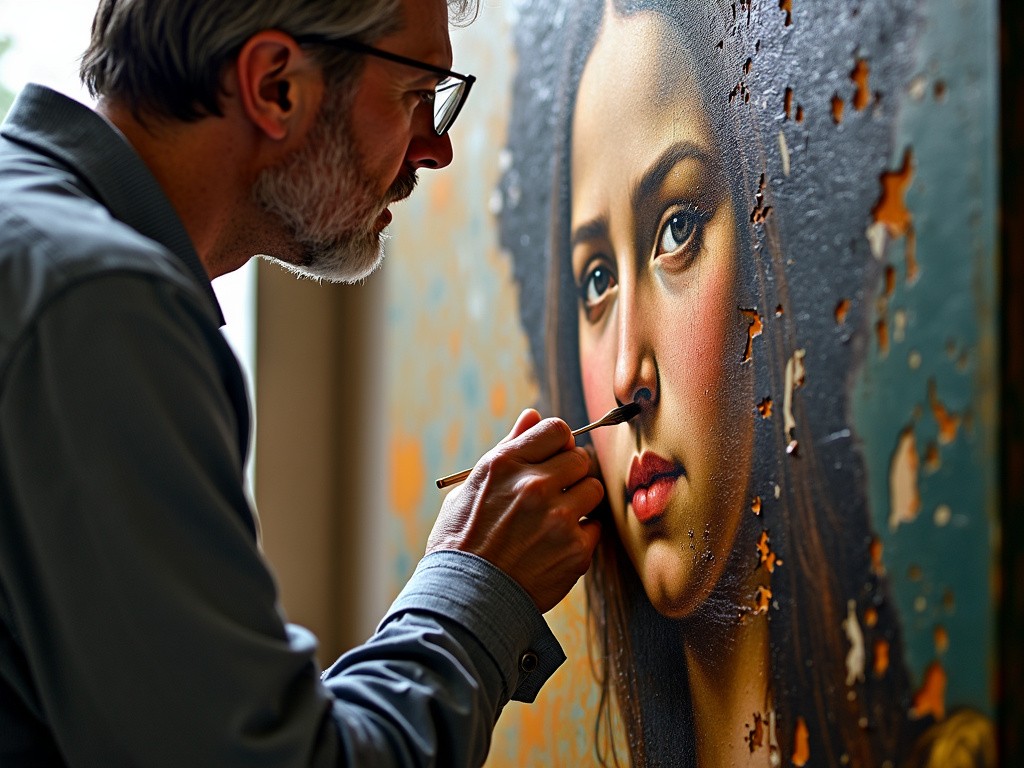
Virtual Reality Tour of the Louvre Museum in Paris
In the heart of Paris, where the Seine gently flows and history whispers from every corner, stands the majestic Louvre Museum. For centuries, this architectural marvel has been a beacon of art and culture, drawing millions of visitors each year to marvel at its unparalleled collection. But what if you could step inside this treasure trove of human creativity without leaving your home? Welcome to the future of art appreciation: the virtual reality tour of the Louvre.
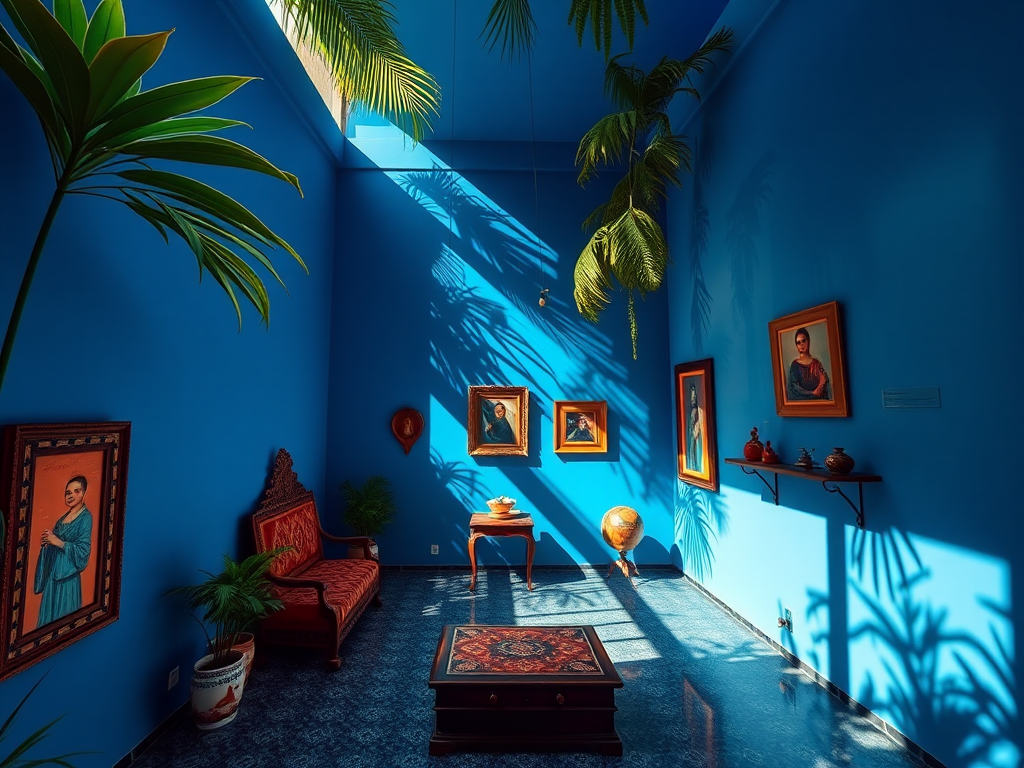
Encountering Art at the Louvre: An Art History Expert's Guide to the Museum's Top Three Treasures
Explores diverse museum tour experiences including professional guided visits, private group tours, virtual museum exploration, and customized itineraries, featuring art historian interpretations and curator-led tours for unique museum visiting experiences
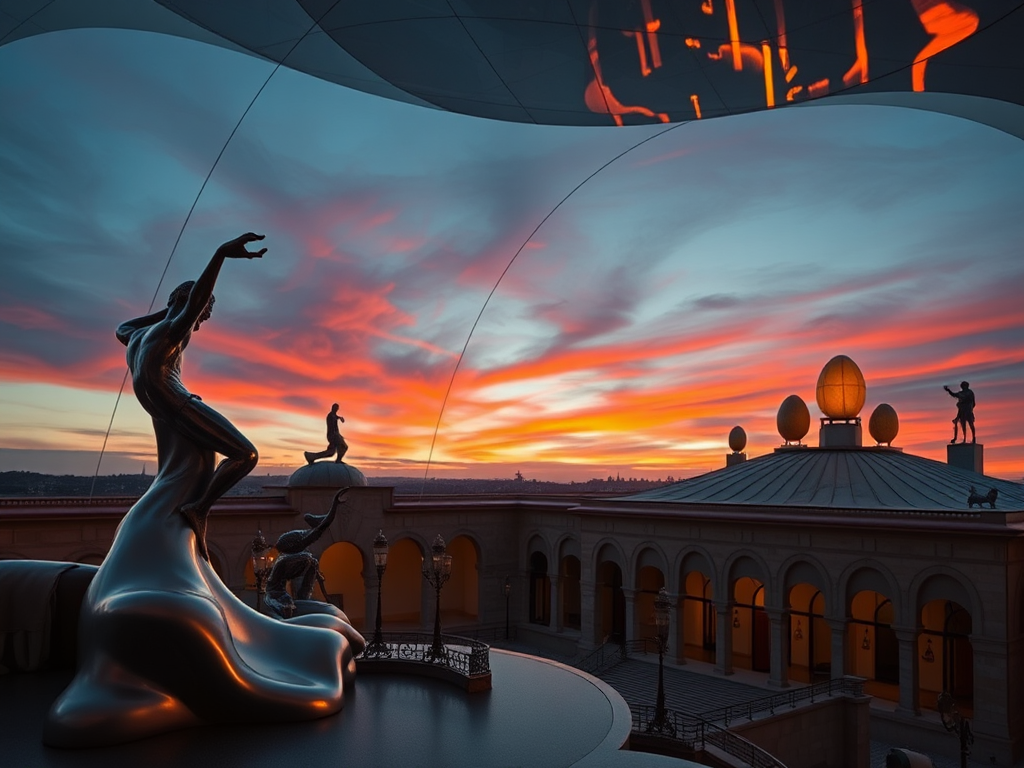
Customized Museum Tours: In-depth Sharing and Practical Insights from a Professional Guide
A comprehensive guide to various museum tour experiences, including professional guided visits, customized museum journeys, curator-led themed tours, and virtual museum exhibitions, offering art and culture enthusiasts diverse ways to explore world-renowned museums

